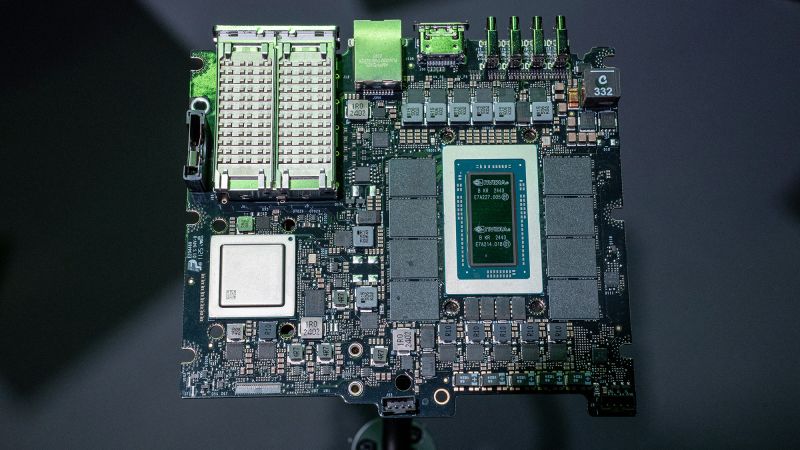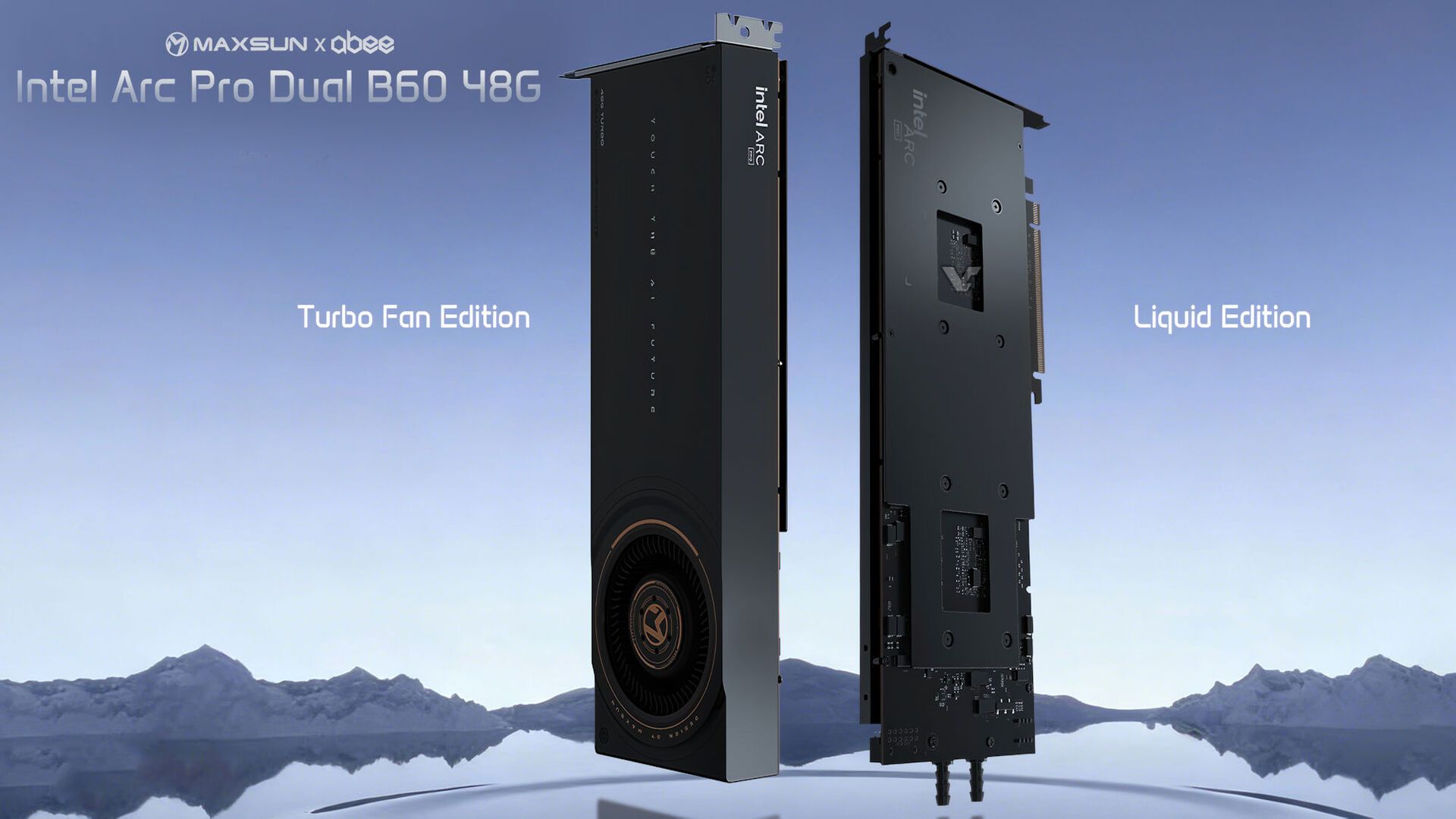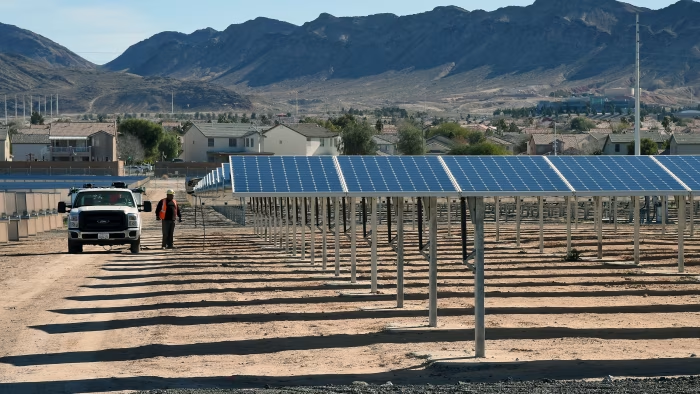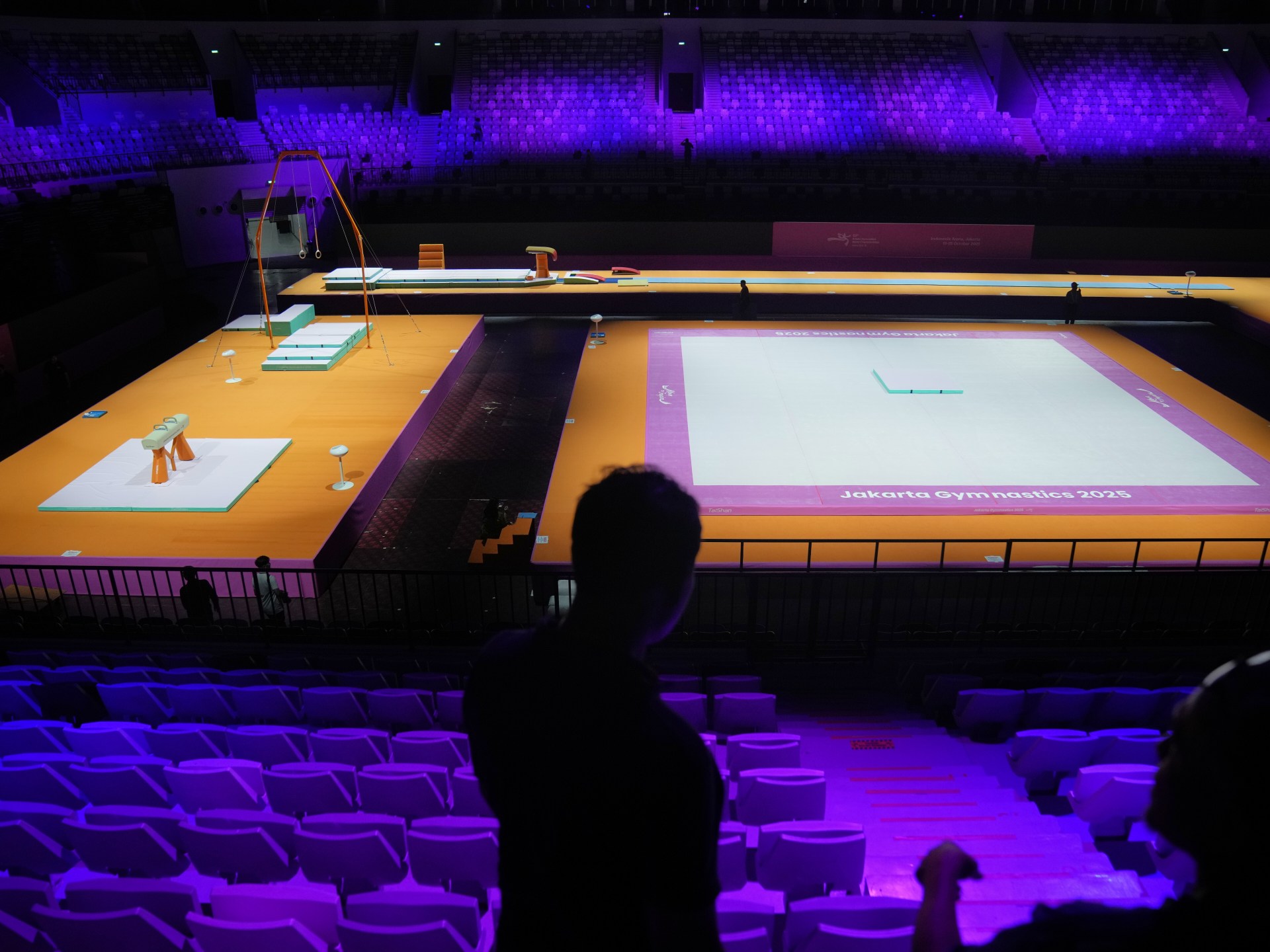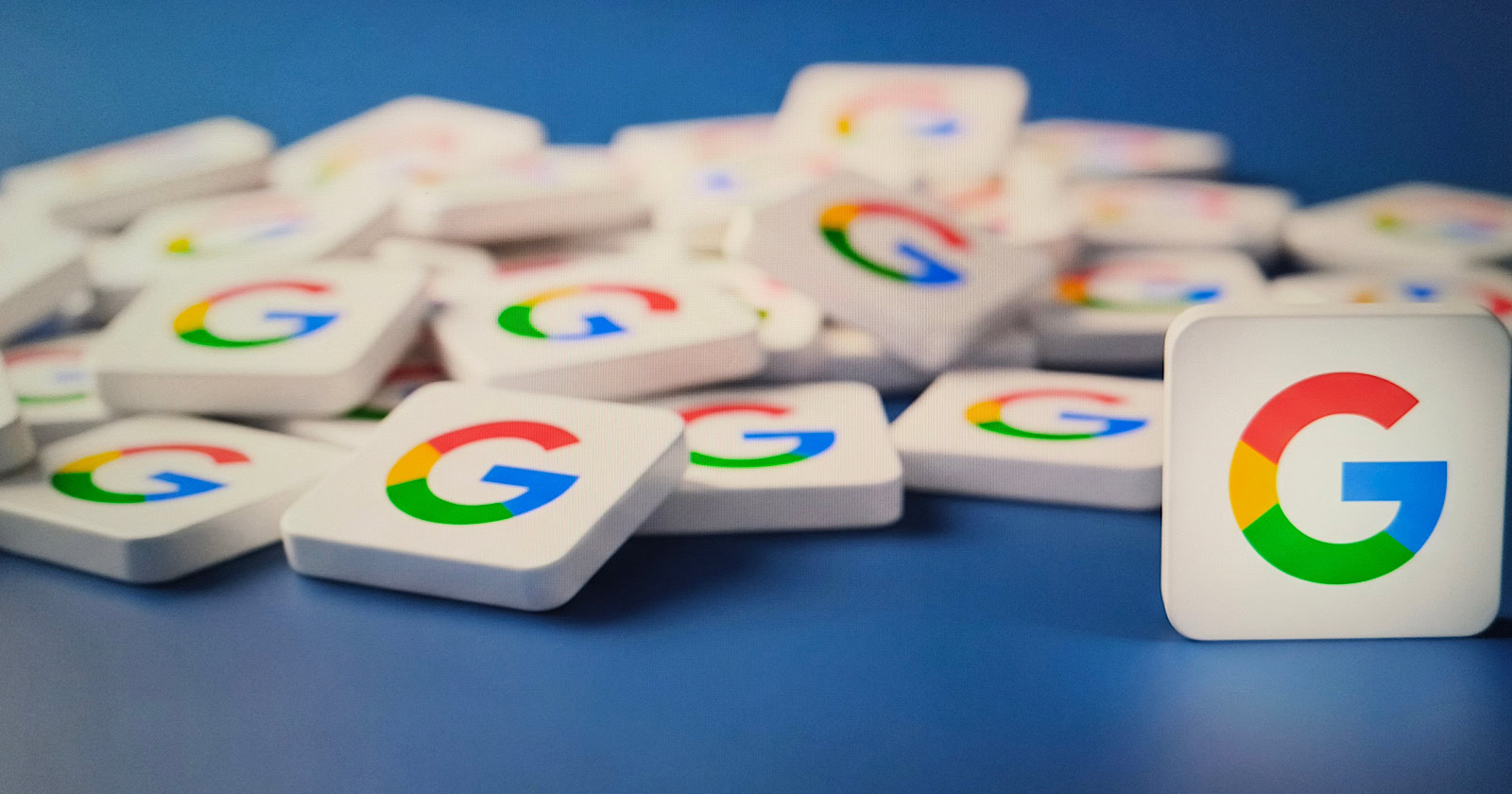Tech giant Nvidia is the world’s leading artificial-intelligence chipmaker, but the company’s success has also put it in the crossfire of trade tensions.
The Santa Clara, California-based company, which is approaching a market capitalization of $5 trillion, has seen rapid growth due to its chips, which are predominantly used to power massive data centers used by other tech firms, like OpenAI, the creator of popular AI chatbot ChatGPT.
But Nvidia’s leading technology has been used as a negotiating tool in President Donald Trump’s trade spat with China, which was kickstarted by Trump’s sweeping tariffs in April and has escalated over rare earth mineral disputes.
It’s further complicated Nvidia’s relationship with China, where it was doing roughly 25% of its graphics processing unit sales, estimates Gil Luria, head of technology research at D.A. Davidson. Nvidia’s popularity has also embroiled the company in a steep controversy for potentially allowing China to skirt around export restrictions as trade tensions continue.
“Nvidia has gotten caught in the middle of two very important things: a trade dispute between China and the United States … but more importantly, AI has become a matter of national security,” Luria said.
Nvidia CEO Jensen Huang has argued that restricting sales of American AI chips will ultimately enable Chinese developers to create their own alternatives.
Huang, 62, was born in Taiwan, and at age 9 was sent by his parents to live in Tacoma, Washington. In 1993, the Oregon State and Stanford University grad co-founded Nvidia, which started as a graphics-based processing company.
Huang — who is worth $167 billion, according to the Bloomberg Billionaires Index — has been treated as a rockstar in Taiwan for his success in the AI chips race, and previously worked as a microprocessor designer at now-competitor AMD.
“It’s really unusual to have somebody who can go from starting what was at the time a very small tech startup and throw it to the extraordinary level of success that Nvidia has grown to,” John Villasenor, a nonresident senior fellow at Brookings Institution and professor at the University of California, Los Angeles, said of Huang.
Nvidia powers the data centers that support AI technology and has been the go-to provider of those chips.
Nvidia essentially created the architecture for anyone who develops AI, leading to a surge in demand for its technology, according to Arun Sundararajan, a professor of technology, operations and statistics at NYU Stern School of Business.
The company said in September that it would invest up to $100 billion in OpenAI and provide it with data center chips as soon as late 2026.
Nvidia is competing with AMD for deals with partners like OpenAI, which said Monday it would use 6 gigawatts of AMD chips to power OpenAI’s data centers.
“The competition has undeniably arrived. Customers will choose the best technology stack for running the world’s most popular commercial applications and open-source models. We’ll continue to work to earn the trust and support of mainstream developers everywhere,” an Nvidia spokesperson said in a statement shared with CNN.
In recent years, the US government has sought to restrict Chinese access to American technology to slow Beijing’s progress on AI, thus allowing the United States to take the lead. Trump continued the trend in April, when he restricted China’s access to chips, including Nvidia’s H20, as part of his trade war.
Such restrictions on the sale of chips offended China, Luria said, and ultimately led to Beijing limiting the purchase of chips to their companies.
But the White House recently reversed their position.
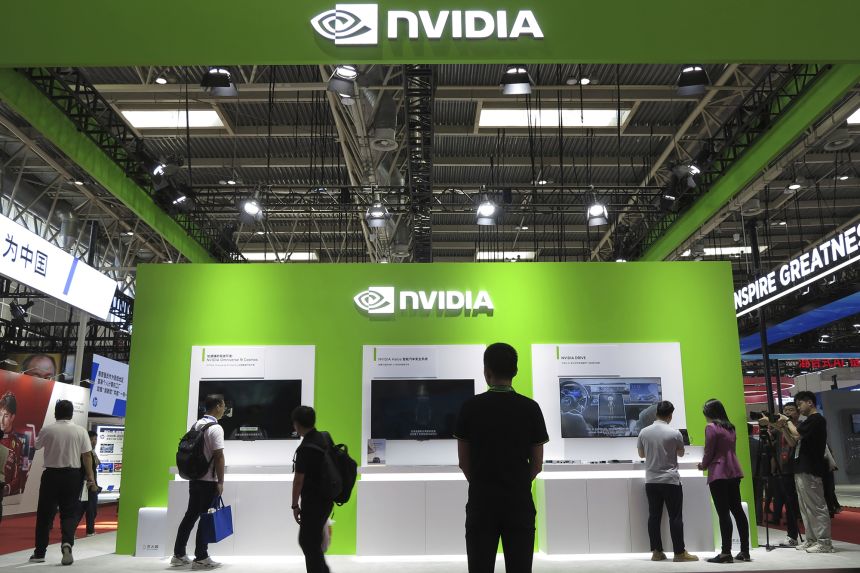
“You want to sell the Chinese enough that their developers get addicted to the American technology stack,” Commerce Secretary Howard Lutnick said in July.
Trump in August greenlit sales of chips to China in an agreement with US chipmakers. Nvidia and AMD, Trump said, would give 15% of revenue from China sales to the US in exchange for export licenses. That includes giving China access to Nvidia’s H20 chips, which were released in 2024 to maintain access to the Chinese market following strict export controls.
But Beijing seemed unimpressed and trade tensions have only escalated since the start of a tit-for-tat trade war in April.
China has since increased import restrictions on US chips, including Nvidia’s processors. Trump said Friday on Truth Social that he would impose a 100% tariff on China “over and above any Tariff they are currently paying” beginning November 1 over export controls on rare earth minerals.
“Where this all gets resolved is unclear,” Luria said, because China believes “that stopping the sale of Nvidia chips into China creates some leverage on the US in the negotiation.”
Commerce Department officials are investigating whether Nvidia’s customer, Singapore-based Megaspeed, is helping China sidestep export restrictions for access to Nvidia’s tech, according to a report from the New York Times. CNN has not independently verified the Times’ reporting.
Nvidia did not respond to CNN’s request for comment.
And Nvidia’s H20 chips are widely believed to have contributed to DeepSeek, an advanced Chinese AI model that shook Silicon Valley upon its release earlier this year, raising concerns that China was further ahead on AI than previously understood.
China could also gain access to the chips on the black market, since another country could buy Nvidia’s chips and resell them to China, Sundararajan said.
“The bigger issue is if we push harder to restrict global access to Nvidia’s products, can that be counterproductive? Because it forces these countries to speed up their own pace of innovation,” Sundararajan said.
